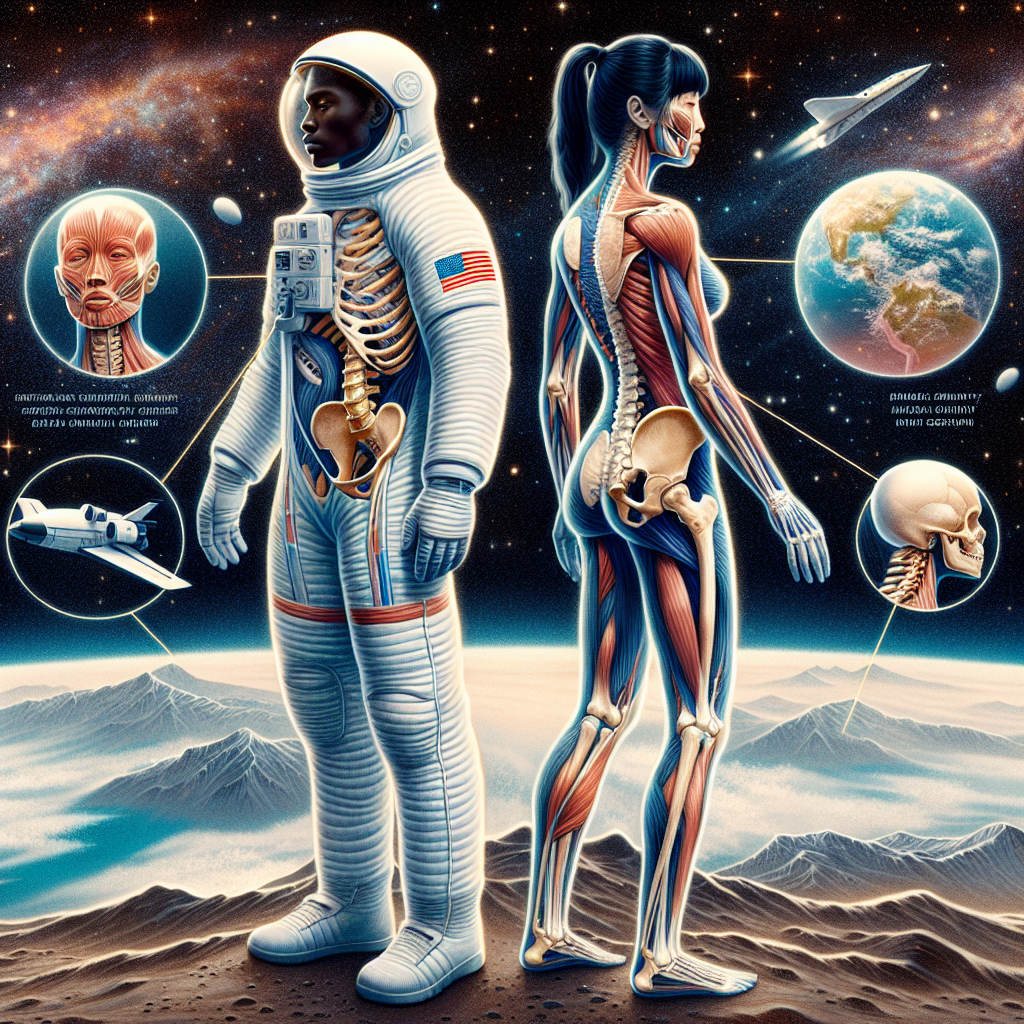The Impact of Space on the Human Body: NASA Astronauts’ Return to Earth
The Impact of Space on the Human Body: NASA Astronauts’ Return to Earth
Introduction
NASA astronauts have recently returned to Earth, providing a unique opportunity to study the effects of space travel on the human body. This research is crucial for understanding the challenges of long-duration space missions and ensuring the health and safety of astronauts.
Key Effects of Space Travel
Space travel presents a range of physiological challenges due to the microgravity environment. Some of the key effects observed in returning astronauts include:
- Muscle Atrophy: Prolonged exposure to microgravity leads to muscle weakening and loss of mass.
- Bone Density Loss: Astronauts experience significant reductions in bone density, increasing the risk of fractures.
- Fluid Redistribution: The absence of gravity causes bodily fluids to shift, affecting vision and cardiovascular function.
- Radiation Exposure: Increased exposure to cosmic radiation poses long-term health risks, including cancer.
Research and Countermeasures
NASA is actively researching ways to mitigate these effects to ensure astronaut health during and after missions. Key strategies include:
- Exercise Regimens: Tailored exercise programs are implemented to combat muscle and bone loss.
- Nutritional Support: Specialized diets are designed to support bone health and overall well-being.
- Protective Gear: Development of advanced materials and suits to shield astronauts from radiation.
Conclusion
The return of NASA astronauts offers invaluable insights into the physiological impacts of space travel. Understanding these effects is essential for the future of human space exploration, particularly for missions to Mars and beyond. Continued research and innovation are vital to overcoming these challenges and ensuring the safety and success of long-duration space missions.














